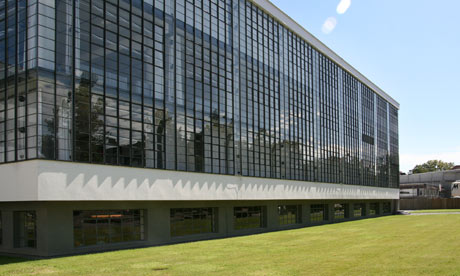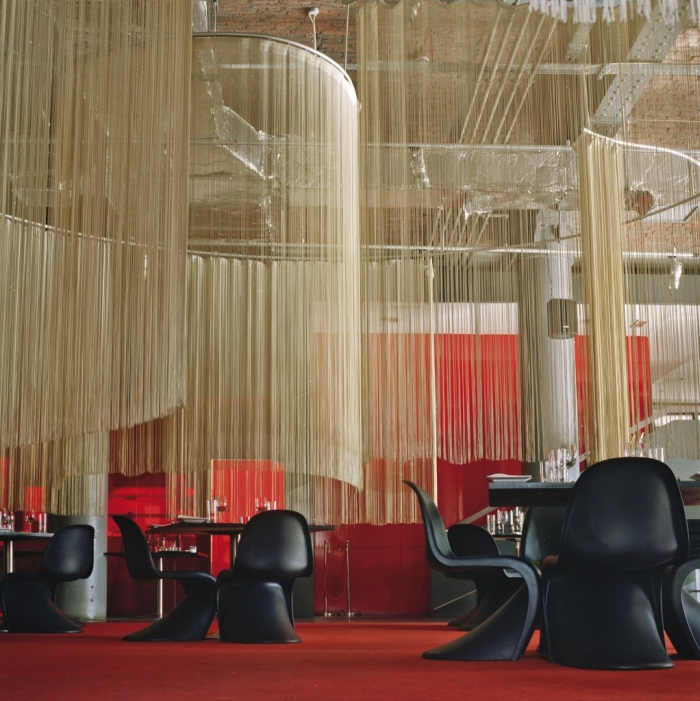The Emergence of Modernism
By: Katie Kaywood
There are three main principles developed in this modernism, by Hitchcock and Phillip Johnson. There were:
-volume rather than mass,
-the emphasis on balance rather than preconceived symmetry,
-and the expulsion of applied ornament.
This International style is a style we are seeing throughout the world, in our eyes known as the modern style. This style started in Western Europe, and had concerns of making use of the industrial technology as well as hand craft traditions.
The style had radical simplification of form, a rejection of ornament and adoption of glass, and concrete as preferred materials. It also used wood metal textiles and the use of primary colors. (red, yellow etc.) The Movement's style caused disruption with the government, they were not too keen on the design as well as the timing because of a war going on. There were four major architects in helping produce and extend this design:
1. Walter Gropius, his style was unornamented functional and had an industrial feel
2. Ludwig Mies Van der Rohe, his motto was "less is more." His use of colors and textures of rich materials provide ornamentation throughout his designs. He built the first building that fully exploited modern structural technology using steel and concrete.
3. Mies Van Der Rohe, he built a house through which you could see the nature around you. (glass house) called the Farnsworth House in Illinois and he also believes less is more.
4. Lastly Le Corbusier, A designer with a passion for classical Greek architecture and an attraction to the modern machine. He published his ideas in a book entitled Vers Une Architecture, in which he refers to the house as a :machine for living: an industrial product that should include functional furniture or "equipment de I 'habitation."
When learning more about the emergence of modernism by reading my colleagues blog, I was interested in Nichole Kropsias take on each of the designers take on the era and their own use of creativity and in their designs, granted they all have similarities but her understandings of how different each designer used each attribute/design element was interesting and more clear to understand and differentiate.
Here is some current applications:
For more information on the emergence of modernism and any of the information presented above check out this video: http://education-portal.com/academy/lesson/modernism-in-american-literature.html#lesson




















